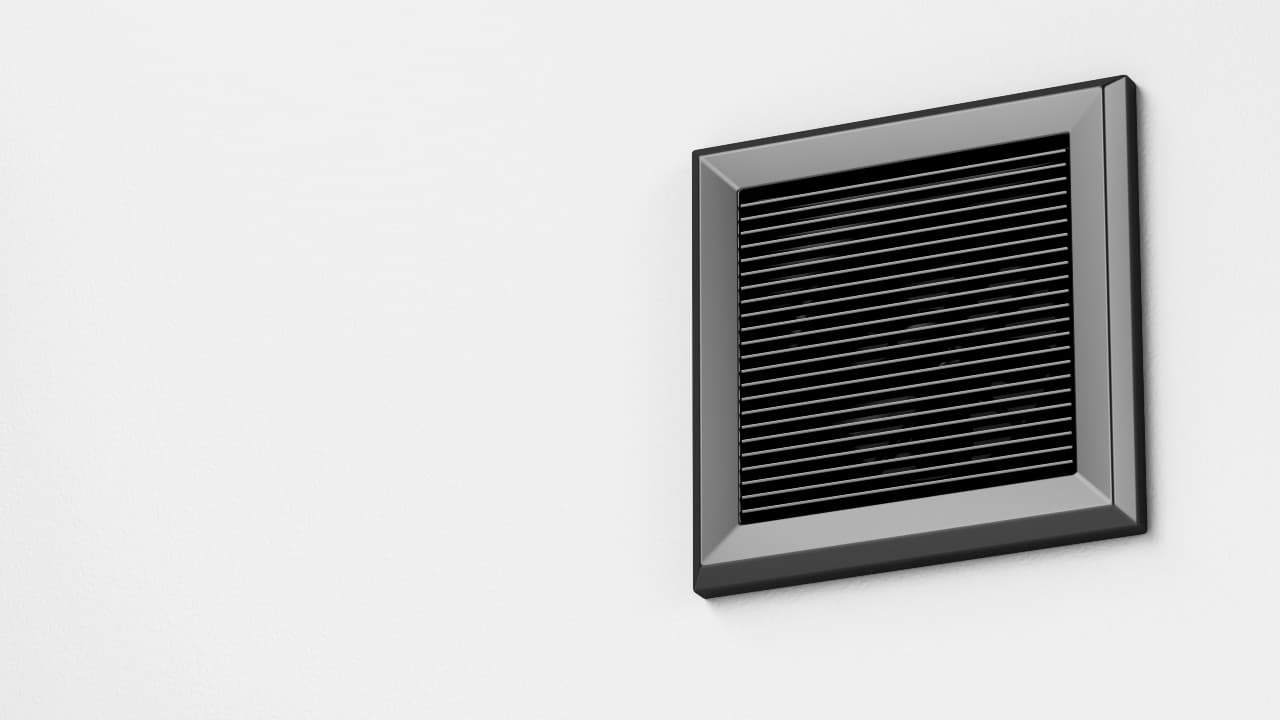Troubleshooting Common Issues

Fan stopped working in bathroom – If your bathroom fan has stopped working, don’t panic. There are a few common issues that you can easily troubleshoot yourself. Here’s a step-by-step guide to help you get your fan up and running again.
My bathroom fan stopped working the other day, and I was like, “What the heck?” I checked the fuse box, but everything was fine. Then I realized that the switch for the fan was also the switch for the light.
So I went online and found a bathroom fan light switch combo. It was a lifesaver! Now I can turn on the fan without having to turn on the light, and vice versa. Problem solved!
Electrical Issues
One of the most common causes of a non-working bathroom fan is an electrical issue. This could be a blown fuse, a tripped circuit breaker, or a faulty wire.
So, my bathroom fan stopped working the other day. I was all, “What the heck?” I checked the fuse, but that wasn’t it. Then I realized that the duct was only 2 inches wide. I’m no expert, but I figured that might have something to do with it.
So I did some research and found this article about bathroom exhaust fan 2 inch duct. Turns out, it’s a pretty common problem. Anyway, I ended up replacing the duct with a 4-inch one and now my fan is working like a charm.
So, if your bathroom fan stops working, check the duct size. It might be the culprit.
- Check the fuse box or circuit breaker panel. If a fuse has blown or a circuit breaker has tripped, replace the fuse or reset the circuit breaker.
- Inspect the wiring. Look for any loose or damaged wires. If you find any, tighten them or replace the wires as needed.
Fan Motor and Bearings
Another common cause of a non-working bathroom fan is a problem with the fan motor or bearings.
- Check the fan motor. Turn off the power to the fan and remove the cover. Look for any signs of wear or damage to the motor. If the motor is damaged, it will need to be replaced.
- Check the bearings. The bearings are located on either side of the fan motor. Look for any signs of wear or damage. If the bearings are damaged, they will need to be replaced.
Safety Precautions and Maintenance: Fan Stopped Working In Bathroom

Safety should always be your top priority when dealing with electrical appliances like bathroom fans. Before attempting any maintenance or repairs, ensure the power is completely disconnected. This can be done by switching off the circuit breaker or removing the fuse associated with the fan.
Regular maintenance is crucial for ensuring optimal performance and preventing potential issues. Make it a habit to clean the fan blades and housing regularly to remove dust and debris accumulation. A clean fan will operate more efficiently and quietly.
Installing a GFCI Outlet
Installing a GFCI (Ground Fault Circuit Interrupter) outlet in the bathroom provides an extra layer of protection against electrical hazards. GFCIs are designed to trip and cut off power in the event of a ground fault, which can occur when an electrical current escapes its intended path and flows through the ground. This helps prevent electrical shocks and potential fires.
Advanced Troubleshooting and Repair

If you’ve tried the basic troubleshooting steps and your bathroom fan is still not working, it’s time to move on to more advanced troubleshooting and repair techniques.
Here are some of the most common advanced troubleshooting scenarios, along with instructions on how to diagnose and fix the problem:
Diagnosing and Replacing a Faulty Fan Timer
A faulty fan timer can cause your bathroom fan to run continuously, or it may not turn on at all. To diagnose a faulty fan timer, you’ll need to use a multimeter to test the continuity of the timer. If the timer is faulty, you’ll need to replace it.
To replace a faulty fan timer, you’ll need to:
- Turn off the power to the fan at the circuit breaker.
- Remove the faceplate of the fan.
- Locate the fan timer and disconnect the wires.
- Install the new fan timer and connect the wires.
- Turn on the power to the fan and test it.
Diagnosing and Replacing a Faulty Humidity Sensor, Fan stopped working in bathroom
A faulty humidity sensor can cause your bathroom fan to run continuously, or it may not turn on at all. To diagnose a faulty humidity sensor, you’ll need to use a multimeter to test the continuity of the sensor. If the sensor is faulty, you’ll need to replace it.
To replace a faulty humidity sensor, you’ll need to:
- Turn off the power to the fan at the circuit breaker.
- Remove the faceplate of the fan.
- Locate the humidity sensor and disconnect the wires.
- Install the new humidity sensor and connect the wires.
- Turn on the power to the fan and test it.
Reducing Excessive Noise or Vibration
Excessive noise or vibration from your bathroom fan can be caused by a number of factors, including:
- A loose fan motor
- A dirty fan blade
- A damaged fan housing
To reduce excessive noise or vibration, you can try the following:
- Tighten the fan motor.
- Clean the fan blade.
- Replace the fan housing.